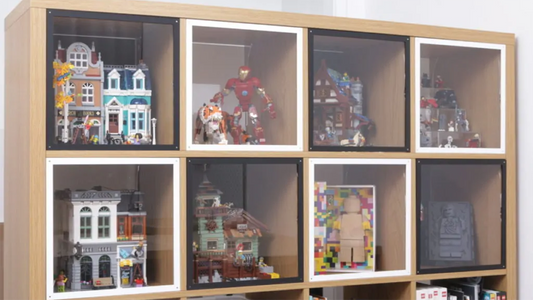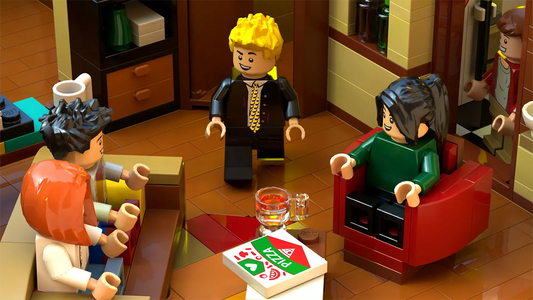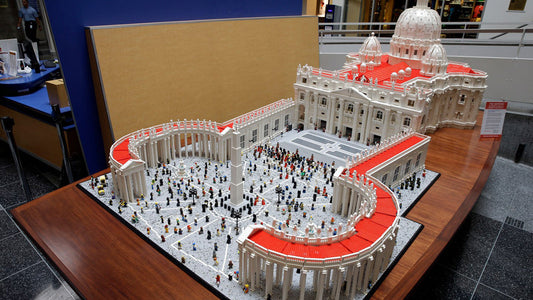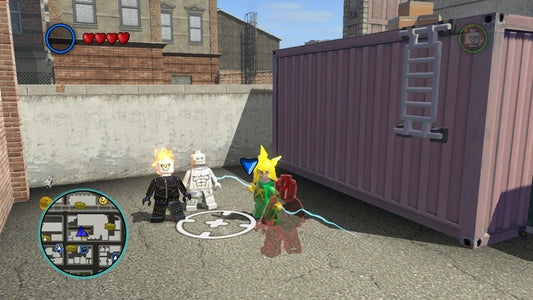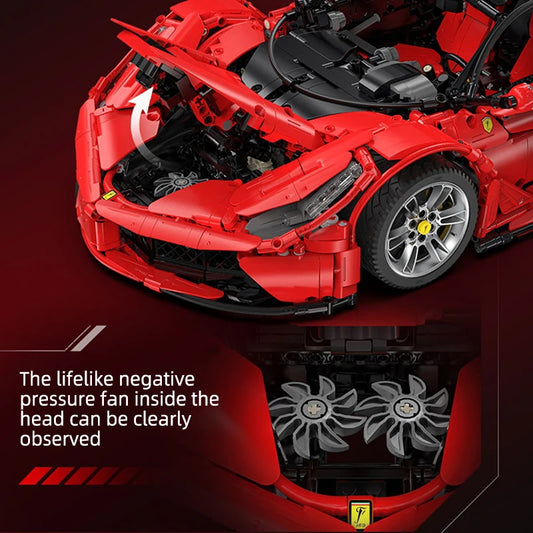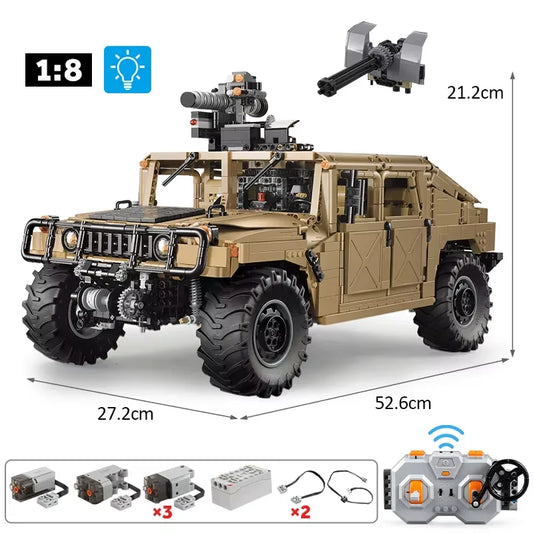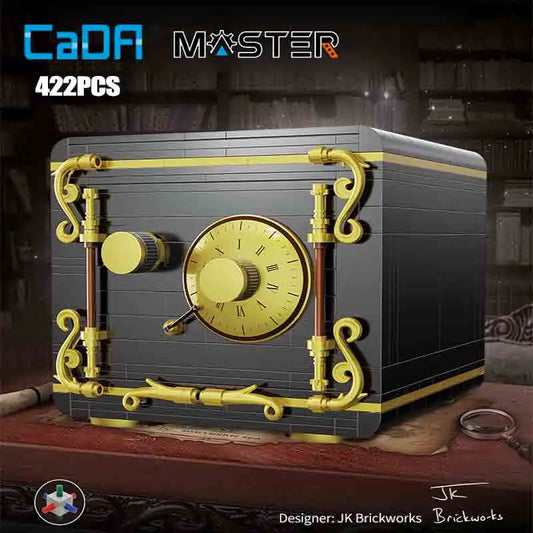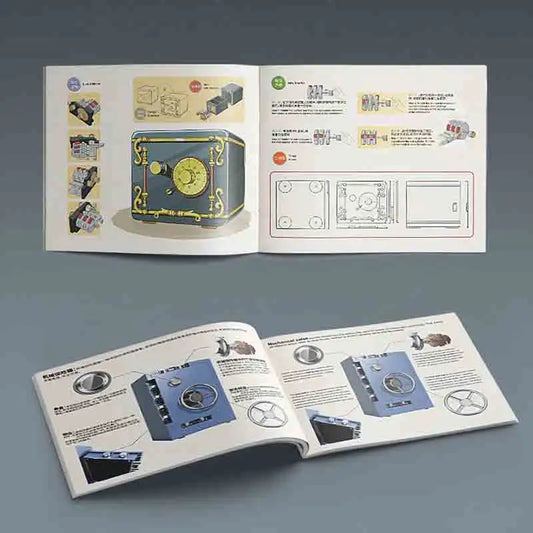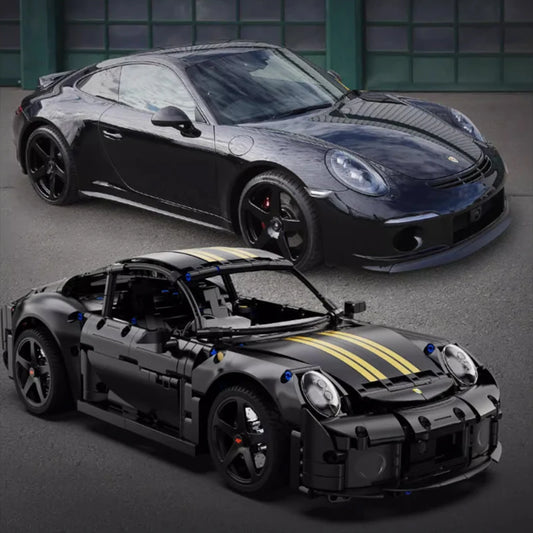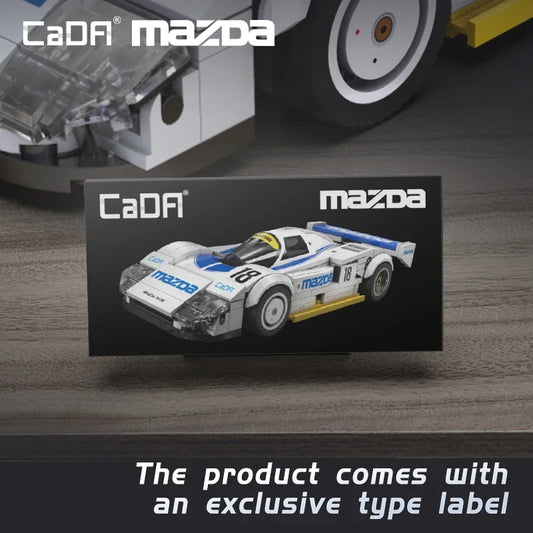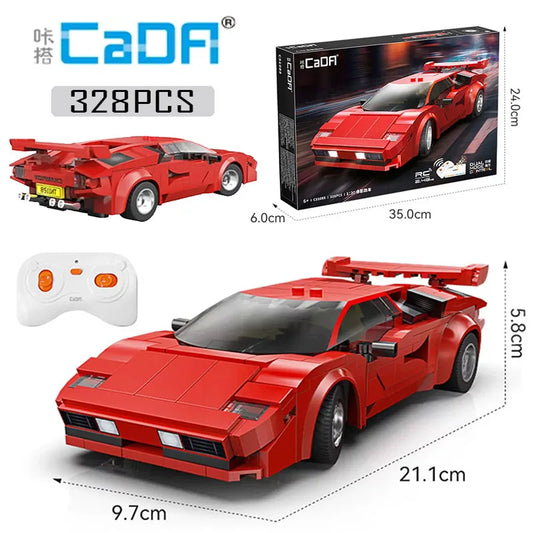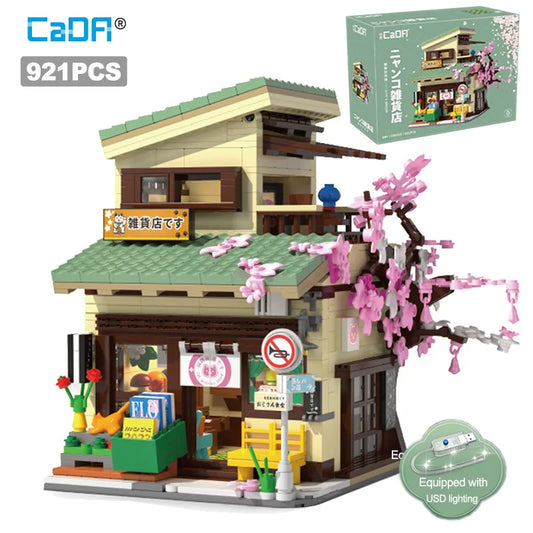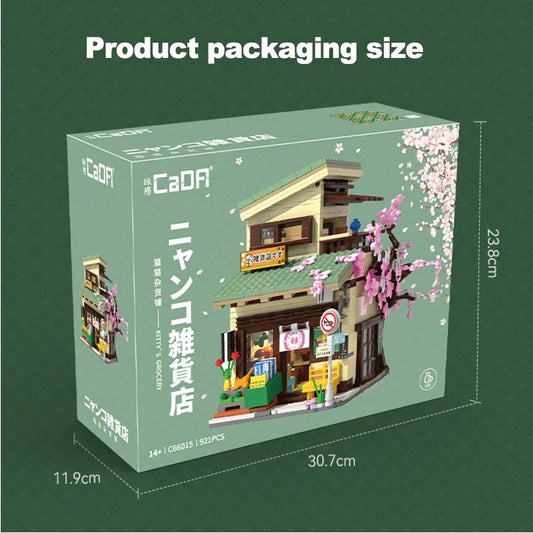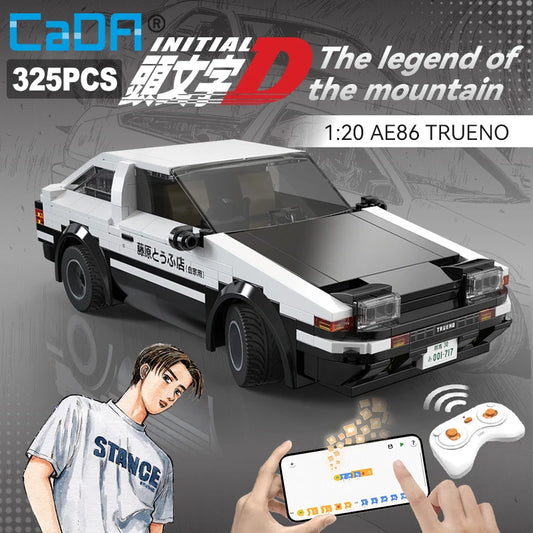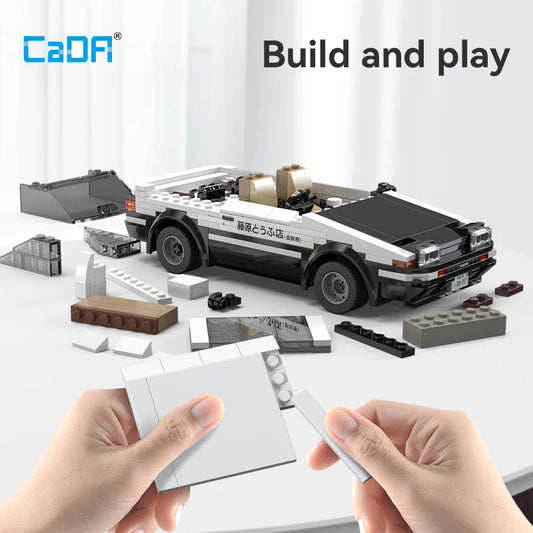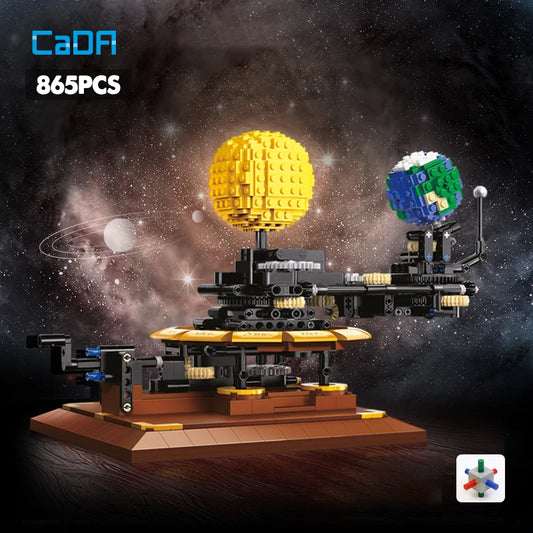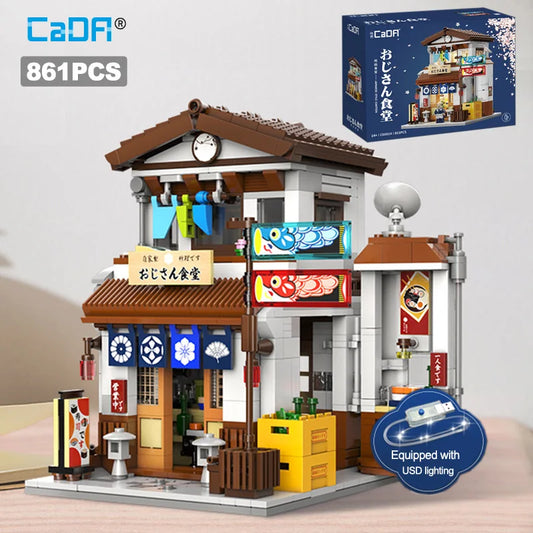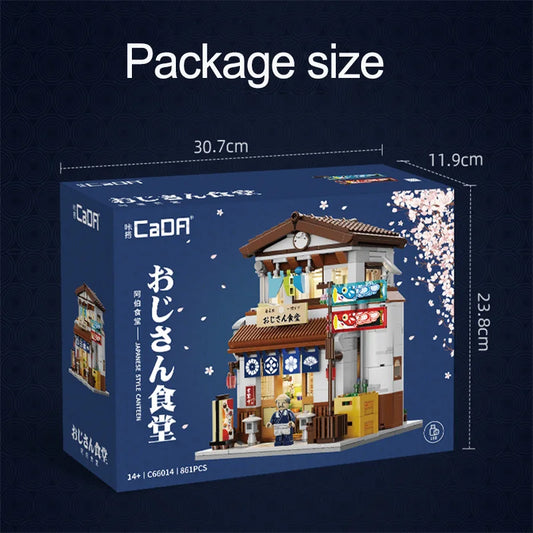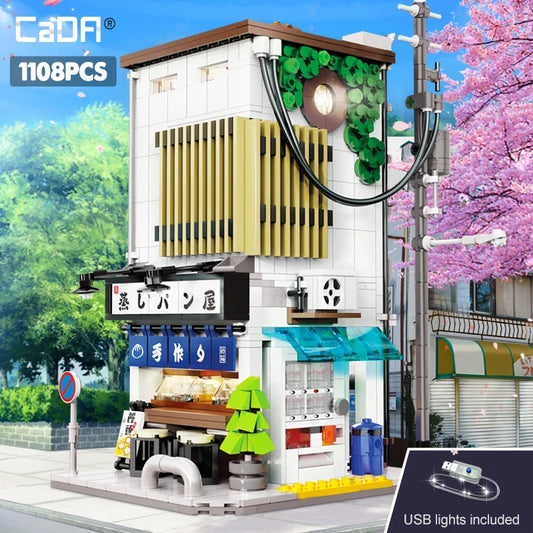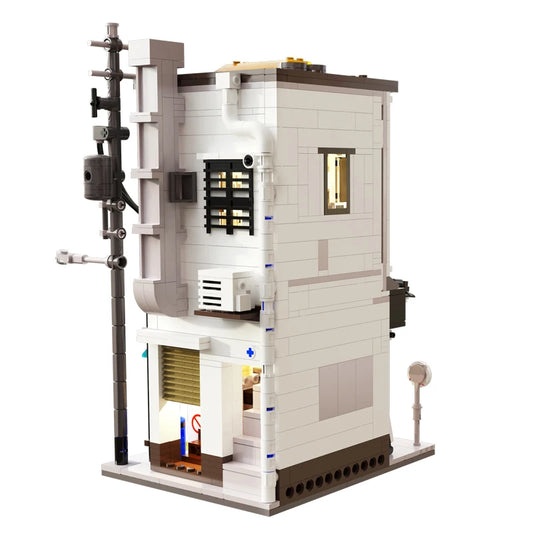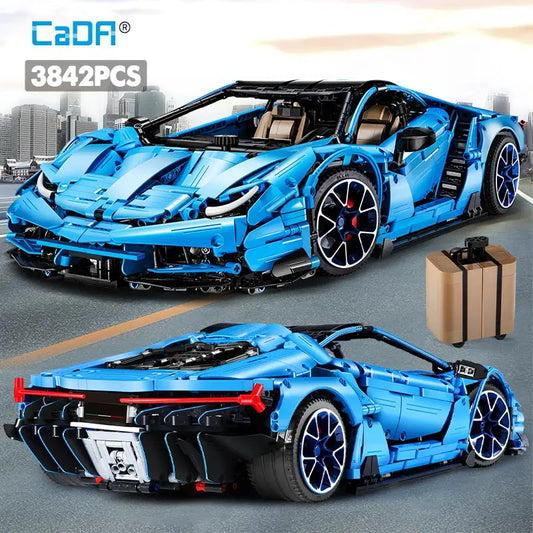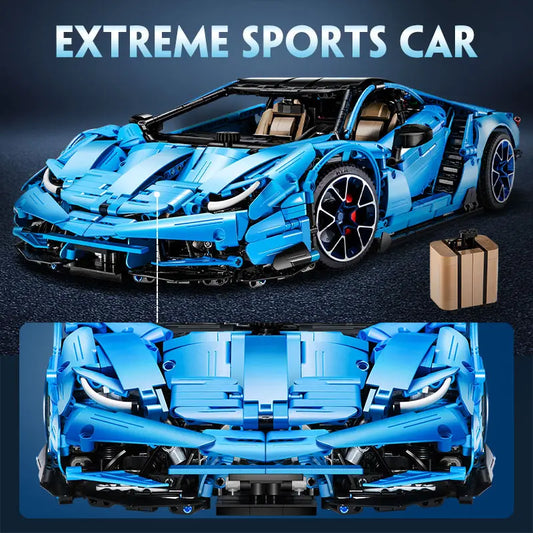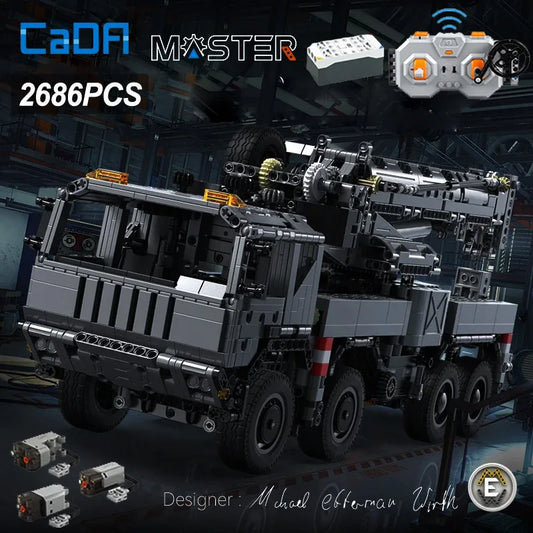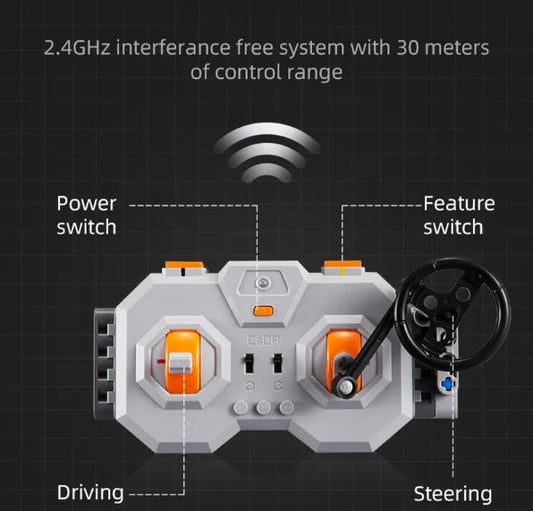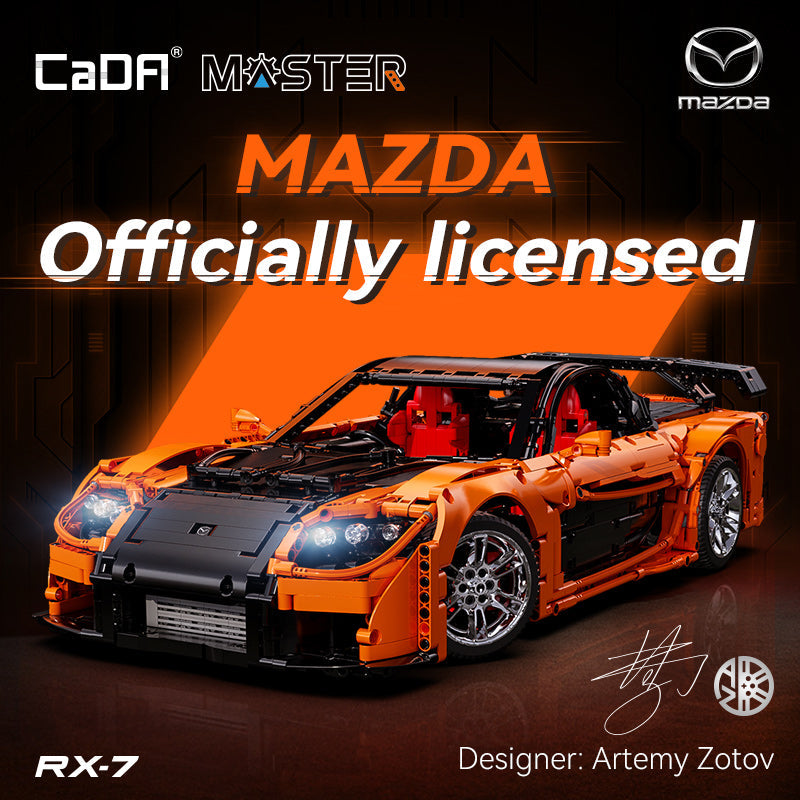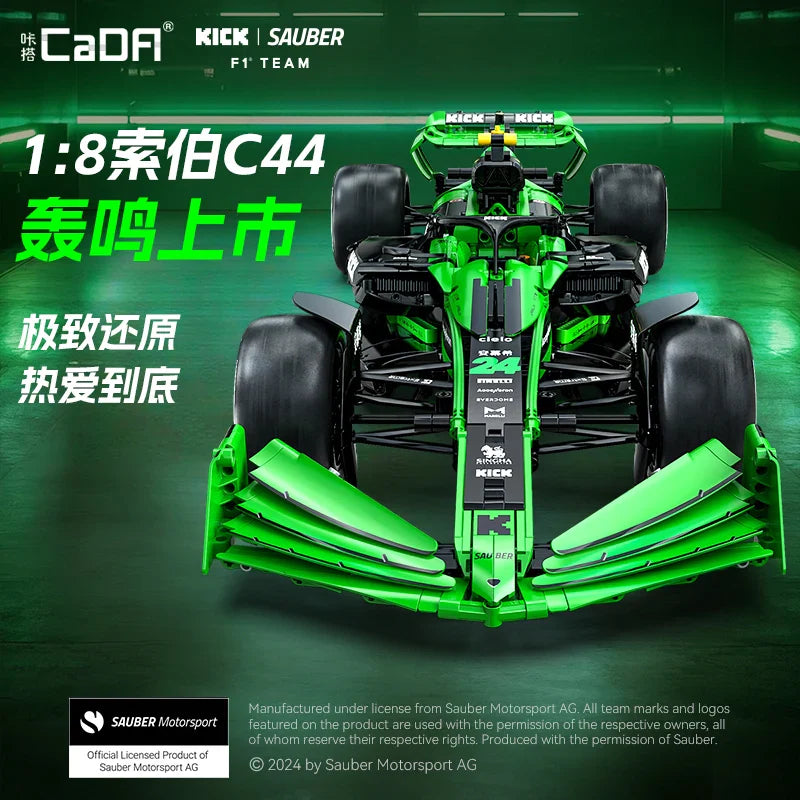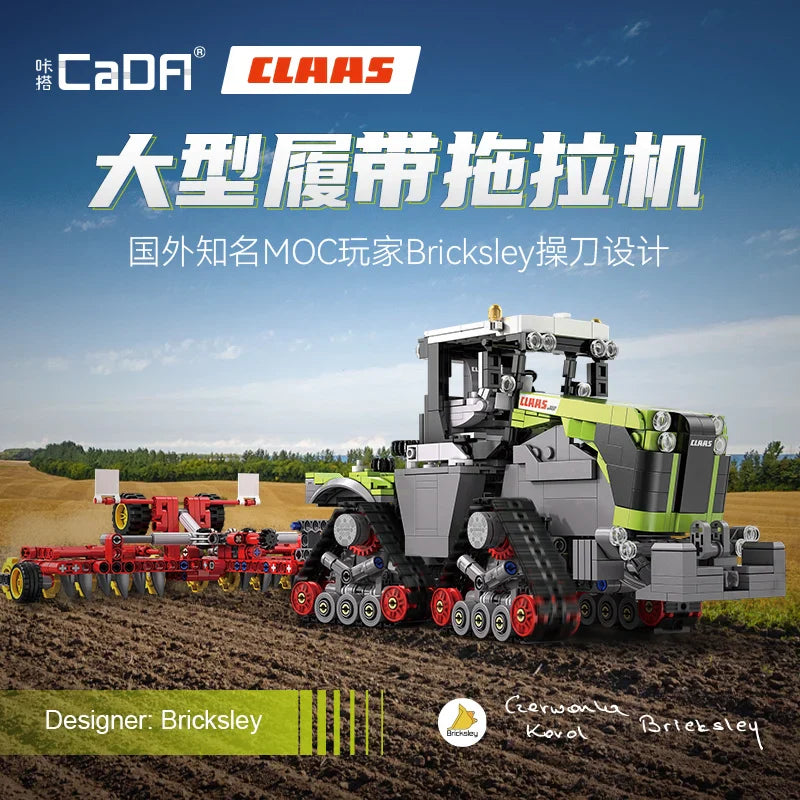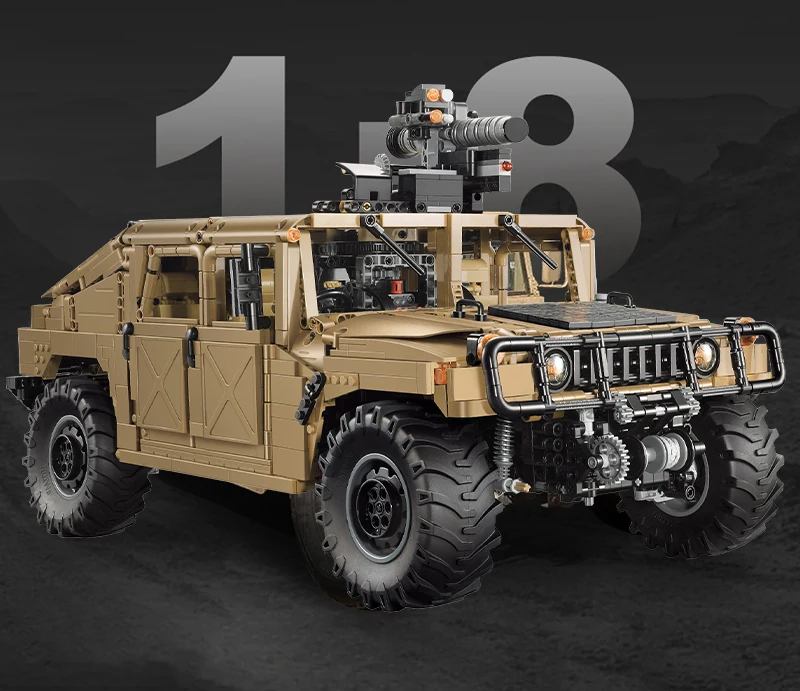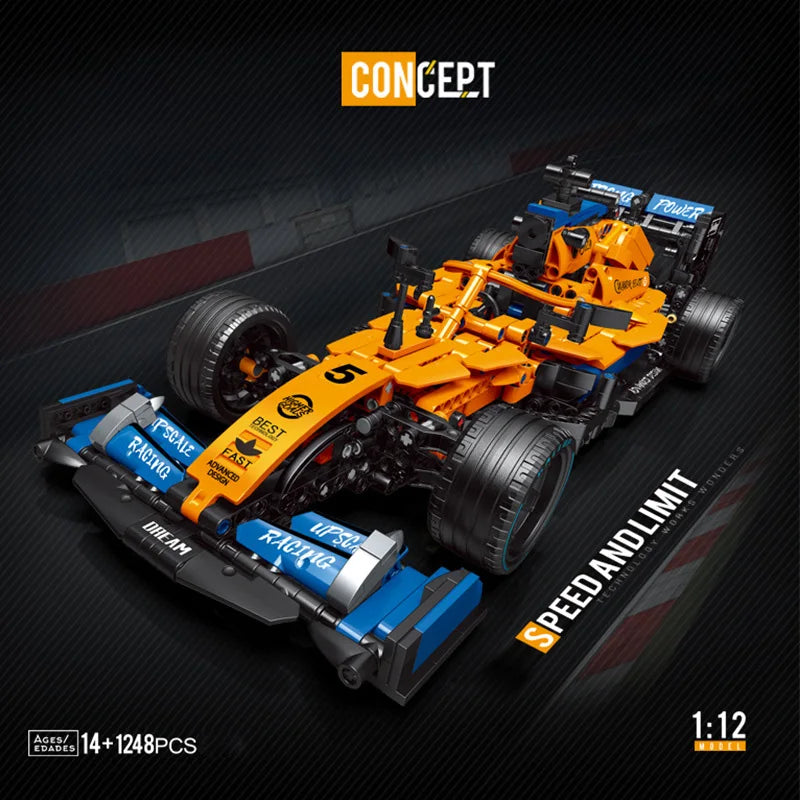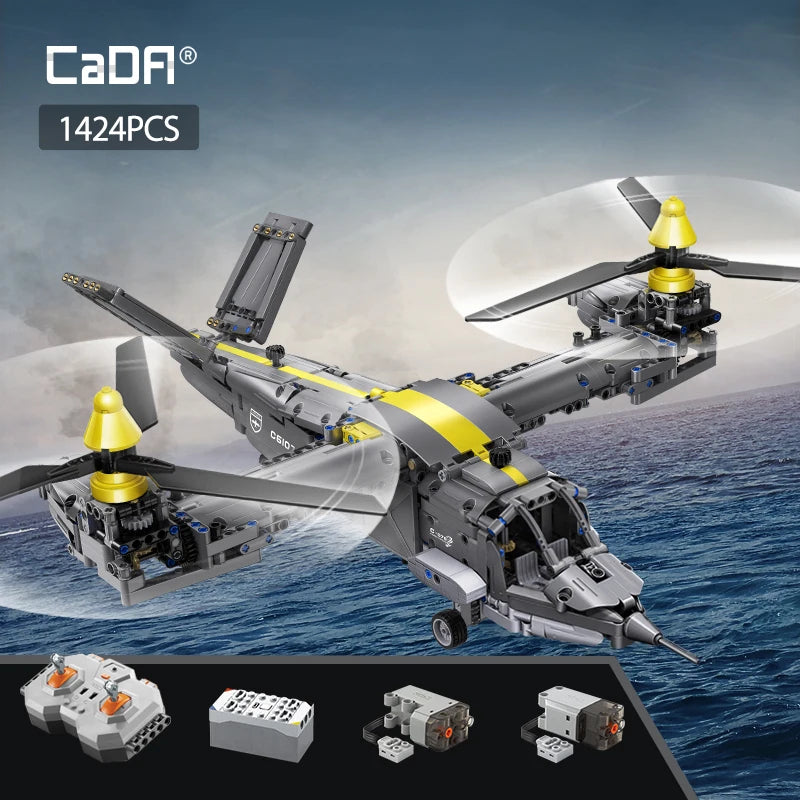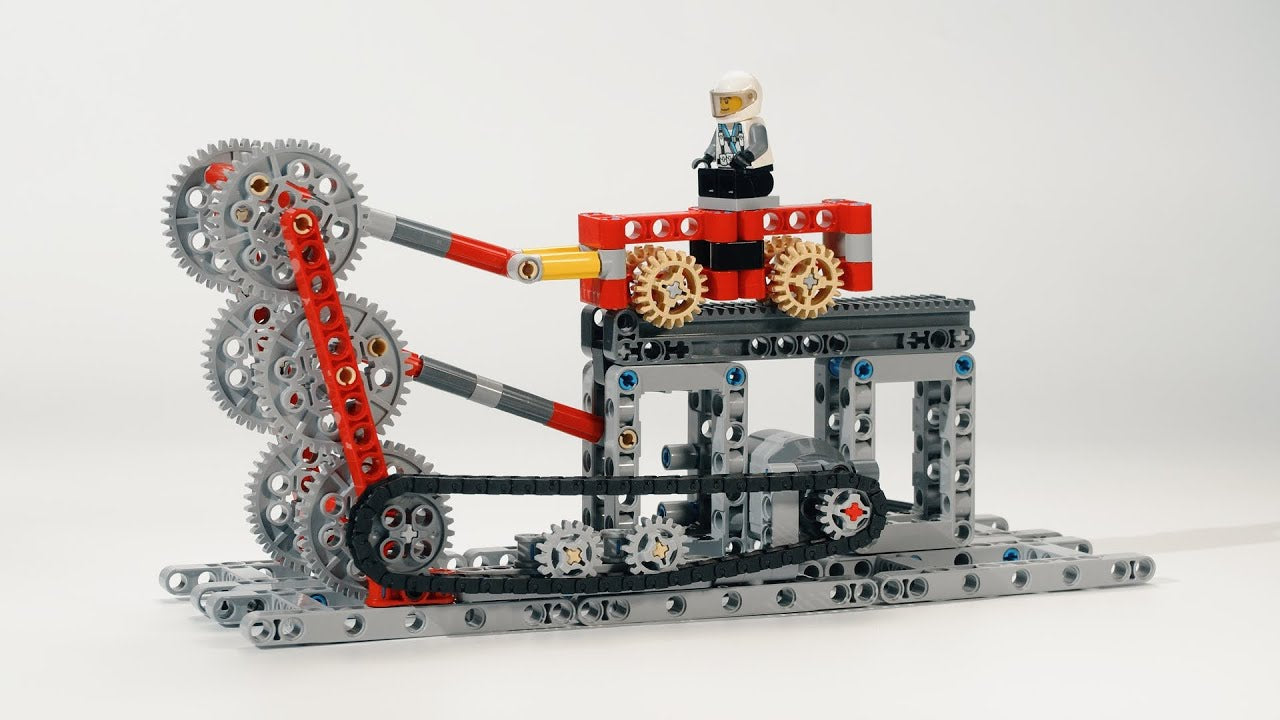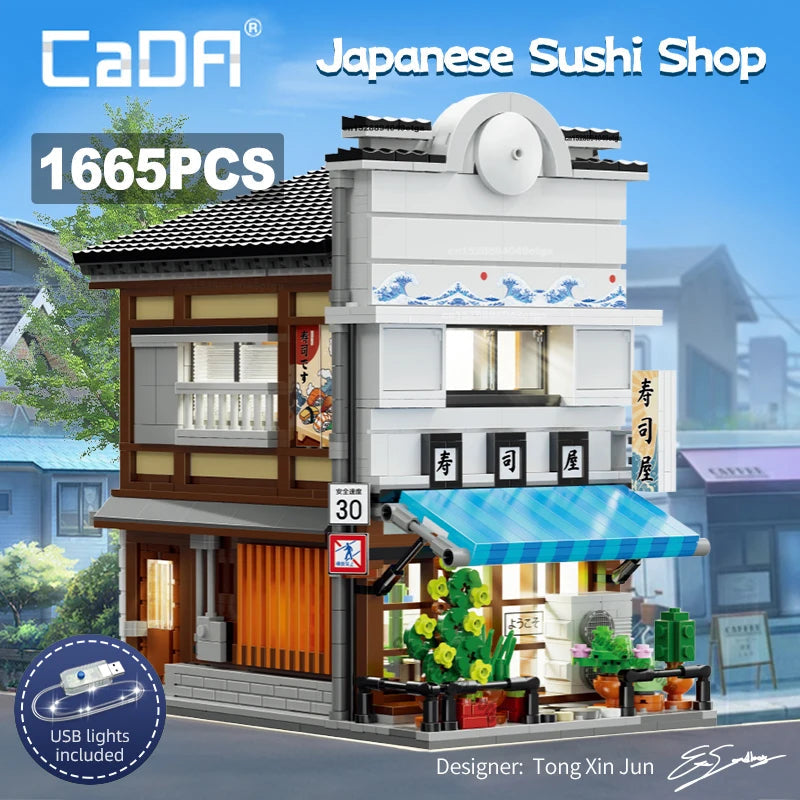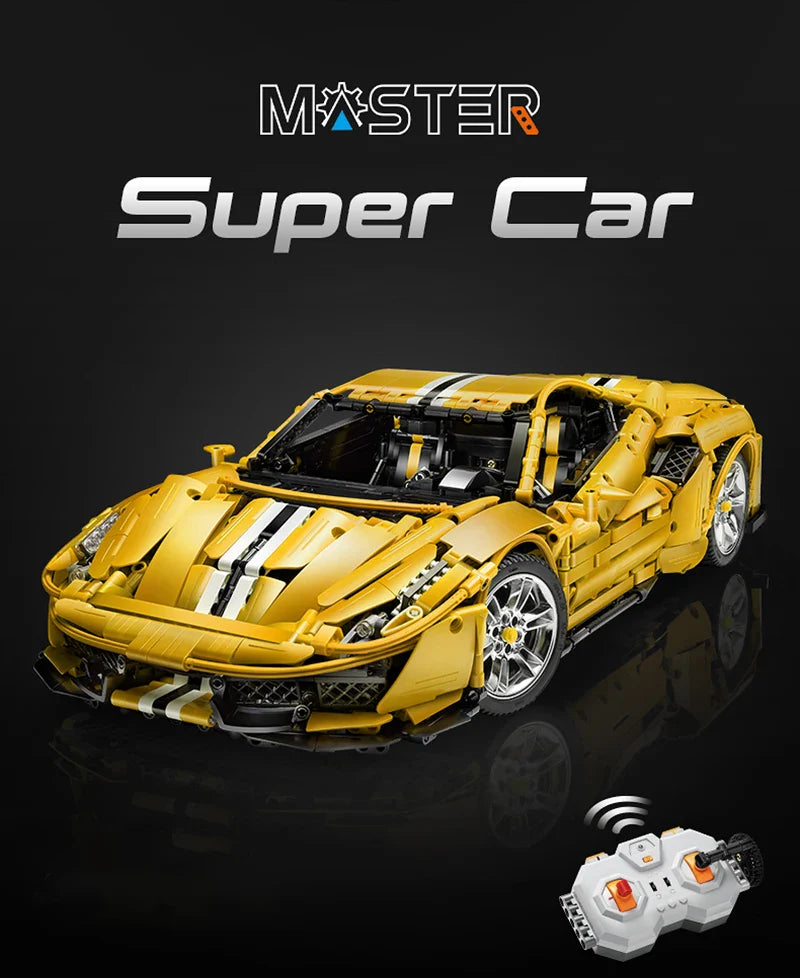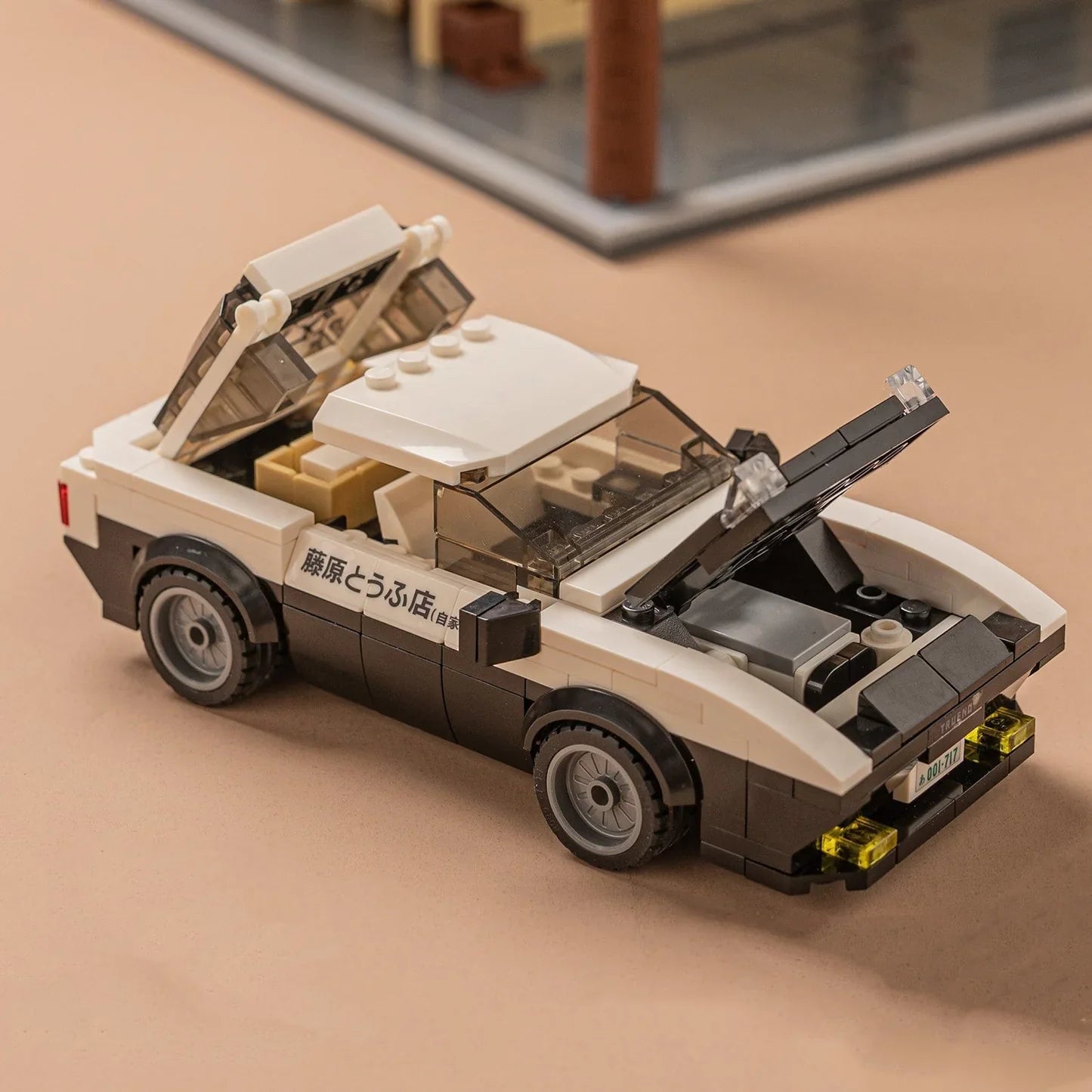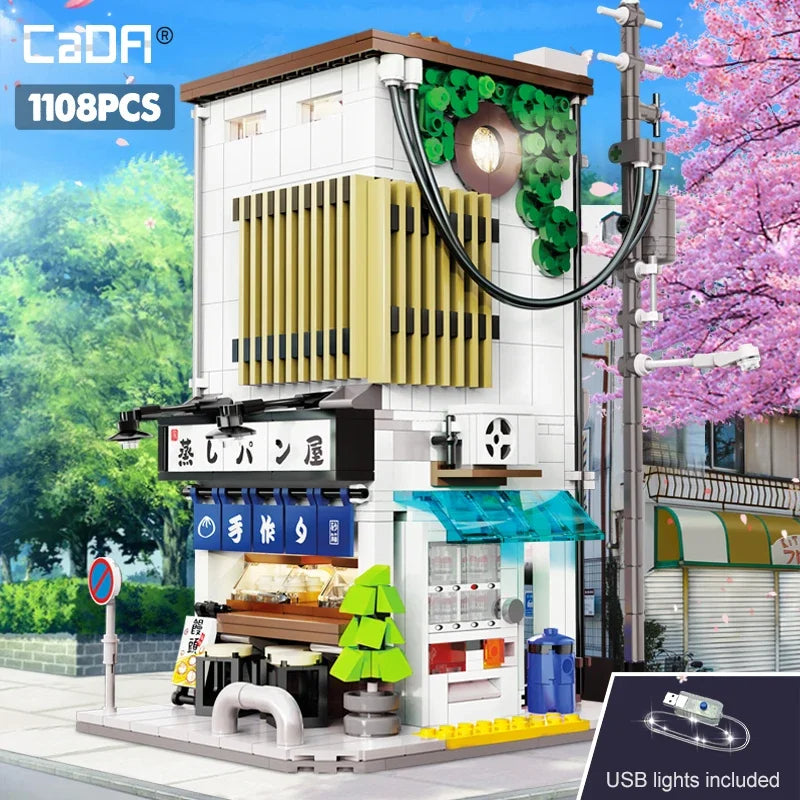Why Does LEGO Use Different Colors for Technic 2025

Podíl
As a longtime LEGO aficionado and reporter fascinated by the intricate details behind LEGO’s engineering marvels, one question often arises among fans and builders: why does LEGO use different colors for Technic parts? This question dives into the thoughtful design philosophy and practical engineering considerations that shape the iconic LEGO Technic series. Unlike classic LEGO bricks characterized by a wider palette, Technic parts are notably selective in their color choices, often limited to blacks, grays, blues, reds, and yellows.
In this thorough, authoritative article, I will explain the multiple reasons behind the deliberate color coding of Technic elements. Drawing on insights from LEGO designers, community experts, and production data, this guide explores how color differentiation in Technic serves several important functions—from improving build accuracy and clarity, to signaling part functionality, to production efficiency and aesthetic coherence. Whether you’re a passionate LEGO Technic builder, a curious collector, or an aspiring designer, understanding this color strategy enhances your appreciation of LEGO’s engineering genius and helps you build smarter.
CADA BRICKS® Best Sellers - SHOP NOW
The Purpose of Color Coding in LEGO Technic
Enhancing Building Clarity and Ease of Construction
One of the primary reasons LEGO uses different colors in Technic parts is to simplify the building process. Unlike traditional LEGO bricks, Technic sets contain many similar parts with subtle variations, such as pins, axles, connectors, and gears. The challenge for builders, especially with complex models, is distinguishing identical shapes that serve different mechanical purposes.
Color coding parts—using bright contrasting colors like blue, red, and yellow pins and connectors among black and gray structural pieces—helps builders quickly identify the correct piece during assembly. This visual guidance is invaluable when sorting parts or reading detailed instruction manuals because it:
- Reduces confusion between similar parts.
- Avoids assembly errors such as inserting the wrong pin or axle length.
- Provides visual markers to orient subassemblies correctly.
Many builders report that colored Technic parts make the experience smoother and less frustrating, especially when multiple similar-looking black pins are involved.
CADA BRICKS® Supercars - SHOP NOW
CADA BRICKS® Best Sellers | CADA BRICKS® Supercars & Racing Cars | CADA BRICKS® Trucks & Construction | CADA BRICKS® Military & Weapons | CADA BRICKS® Initial D
Functional Significance of Technic Colors
Differentiating Part Characteristics Through Color
LEGO uses color strategically to denote functional differences even among the same part type. For example:
- Blue pins often indicate pins without friction, enabling free rotation.
- Black or dark gray pins usually have friction ridges for stiff, fixed connections.
- Red and yellow parts sometimes highlight connectors or bushings that serve specific structural or rotational roles.
This system makes part selection intuitive during building and helps in troubleshooting models because you can visually verify whether a free-moving or locked connection was intended.
CADA BRICKS® City Landmarks - SHOP NOW
CADA BRICKS® Licensed Cars | CADA BRICKS® Classic Cars | CADA BRICKS® Motorcycles & Bikes | CADA BRICKS® Off-Road & 4x4 | CADA BRICKS® Emergency Vehicles
Production, Efficiency, and Part Recycling Considerations
Leveraging Common Colors for Parts Inventory
Another factor influencing LEGO Technic colors is production efficiency and inventory management. By restricting parts to certain colors, LEGO reduces the complexity of mold changes, color resins, and inventory stockpiles. This streamlining helps keep production costs and lead times manageable.
At times, non-visible or internal parts might even be produced in bright colors just to keep them differentiated for assembly quality control while fitting into a primarily monochrome chassis.
Reusing Existing Molds and Colors
When LEGO needs to introduce a new part, it often makes practical use of existing molds and popular colors to maintain consistency with earlier sets. This approach balances innovation and parts compatibility, enhancing the ecosystem for builders who mix sets across years.
CADA BRICKS® Technic Sets - SHOP NOW
CADA BRICKS® Japanese Street | CADA BRICKS® City & Landmark | CADA BRICKS® Science & Educational | CADA BRICKS® Technic | CADA BRICKS® Modern Architecture
Aesthetic and Branding Consistency
Black and Gray as the Technic Signature Base Colors
Technic’s identity is closely tied to black and gray structural elements, reflecting a style inspired by real-life machinery, automotive chassis, and robots. These neutral tones convey a sense of engineering precision and durability, setting Technic apart from classic LEGO’s bright, playful palette.
Bright Colors as Functional Highlights
Bright colors such as red, yellow, and blue act as intentional highlights or “accent colors” that contrast effectively against the dark structural parts. This serves both functional clarity and aesthetic appeal by visually categorizing parts into load-bearing elements and movable or interactive components.
Community Feedback and Designer Intent
LEGO Designer Commentary
According to discussions with LEGO Technic designers and community experts, color choices are never arbitrary but the result of extensive testing and builder feedback.
As one designer highlighted: "Colors help anyone following instructions differentiate the parts with minimal eye strain. It’s all about making complex builds enjoyable and less frustrating." Builders also appreciate consistency, allowing quick orientation even in third-party and custom builds.
Builder Community Responses
While some Technic fans lament the so-called “color vomit” of overly colorful parts, the majority recognize that color coding greatly aids in assembly. Many enthusiasts customize models by swapping bright colored pins with black ones to adjust aesthetics after building, but appreciate how color assists during construction.
Examples of Technic Color Usage in Popular Sets
- The LEGO Technic Bugatti Chiron (42083) uses black and gray as the main chassis colors, with blue pins clearly marking key rotational points.
- The LEGO Technic Liebherr R 9800 Excavator (42100) applies blue and red pins as functional indicators within its large, complex builds.
- In older classic Technic sets, yellow was more prominent but has been gradually reduced in favor of subdued tones for a sleeker look, keeping yellow for specific parts like gears or shock absorbers.
CADA BRICKS® Display & Collectibles - SHOP NOW
CADA BRICKS® Castle Building Blocks | CADA BRICKS® City Building | CADA BRICKS® Remote Control | CADA BRICKS® Display & Collectibles | CADA BRICKS® Anime & Pop Culture
Why Technic Color Choices Matter Beyond LEGO
Educational Perspective
By color coding parts to communicate function and orientation, LEGO Technic serves as a valuable STEM teaching tool. It helps users visualize mechanical principles and engineering constructs more intuitively, accelerating learning and problem-solving skills.
Supporting Builders of All Levels
From young enthusiasts to professional modelers, color coding bridges skill gaps and promotes success in building challenging Technic kits, fostering lifelong engagement with the LEGO system.
CADA BRICKS® Remote Control Sets - SHOP NOW
CADA BRICKS® Mechanical Engineering Building Blocks | CADA BRICKS® Kids Building Blocks | CADA BRICKS® Teens Building Blocks | CADA BRICKS® Adult Building Blocks
Conclusion: Deliberate Design Behind Technic’s Color Diversity
The reason LEGO uses different colors for Technic parts is a carefully crafted balance of functional clarity, building ease, engineering communication, production efficiency, and aesthetic identity. These color choices are not random but a strategic system that improves the building experience, supports education, and pays homage to Technic’s engineering heritage.
Recognizing the multi-layered purpose behind the carefully selected black, gray, blue, red, and yellow hues deepens our appreciation for LEGO Technic sets. These colors transform what might be a confusing sea of connectors and pins into an intuitive, rewarding, and visually coherent model-building journey.
If you’ve ever pondered this colorful conundrum, now you have a clear understanding of LEGO’s smart design choices driving the Technic color palette—bridging form, function, and fun for builders worldwide.
This comprehensive explanation reveals how the seemingly simple color differences in Technic parts are, in fact, a cornerstone of LEGO’s ingenious design philosophy and engineering excellence.









